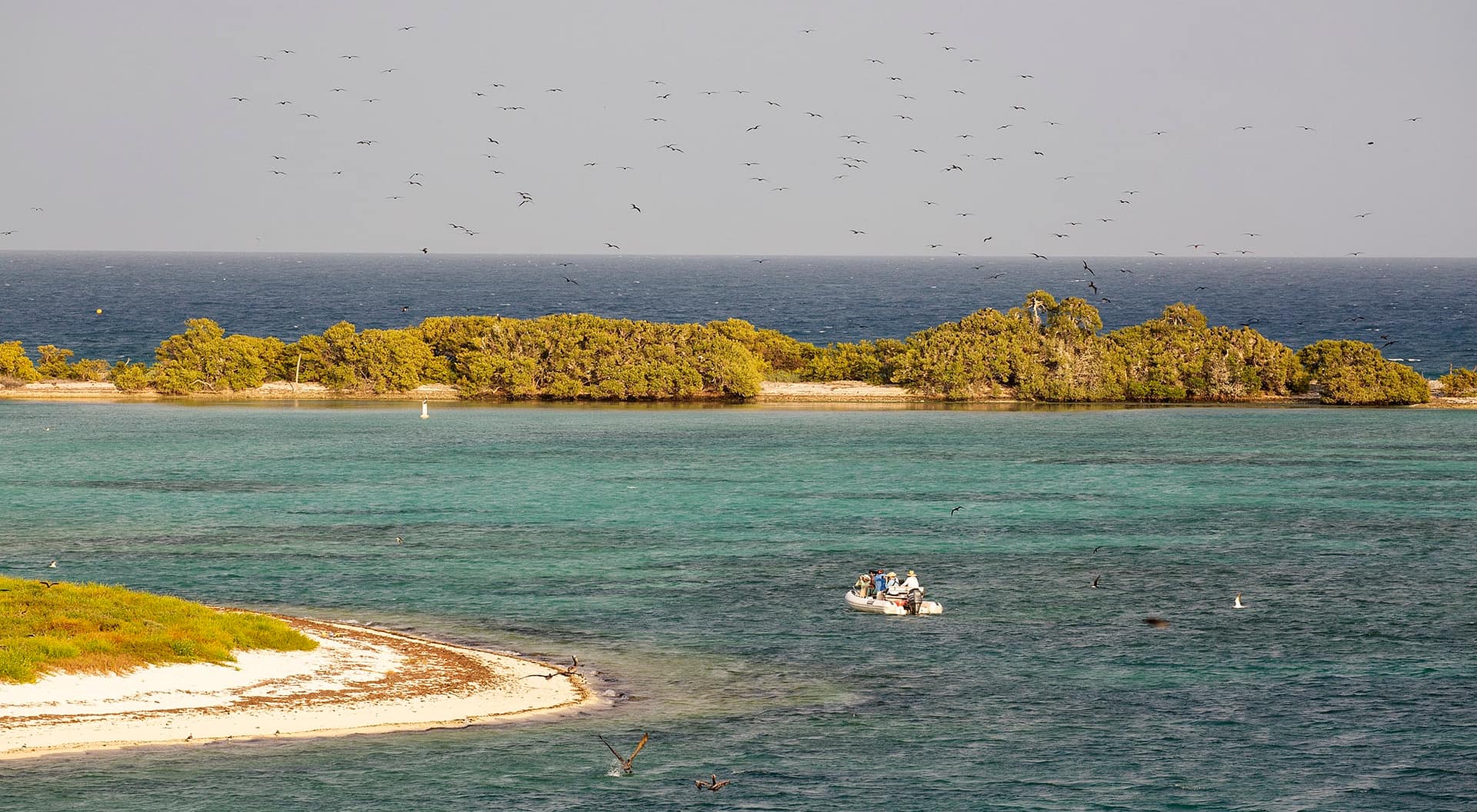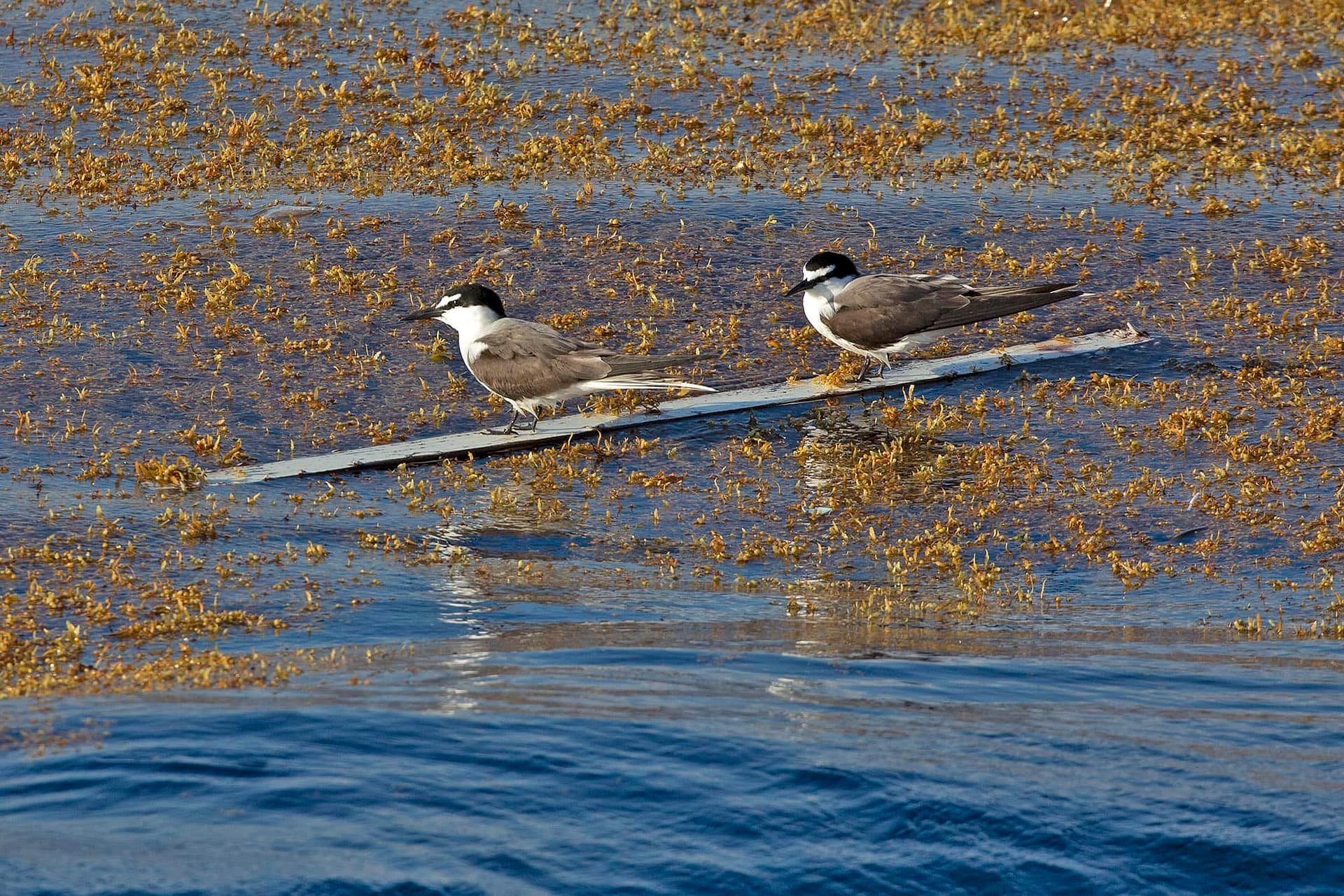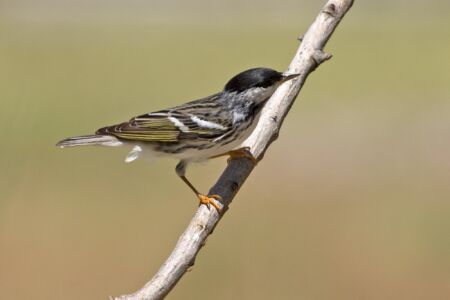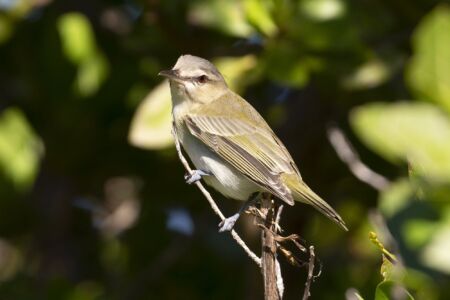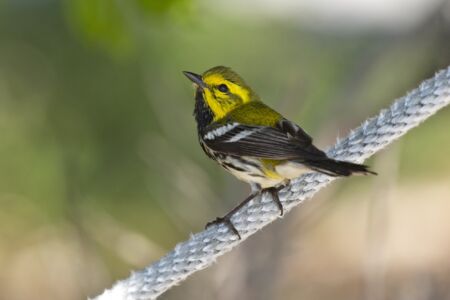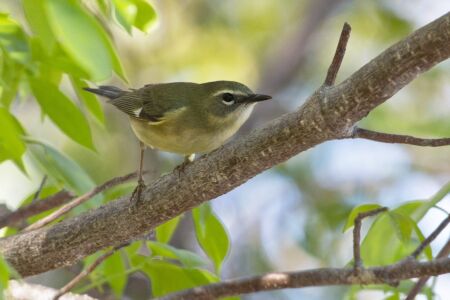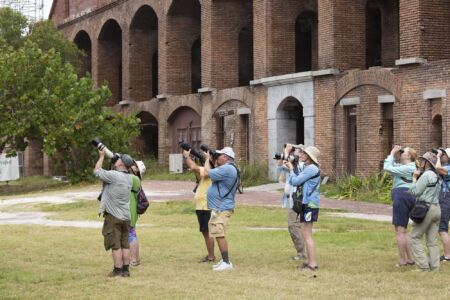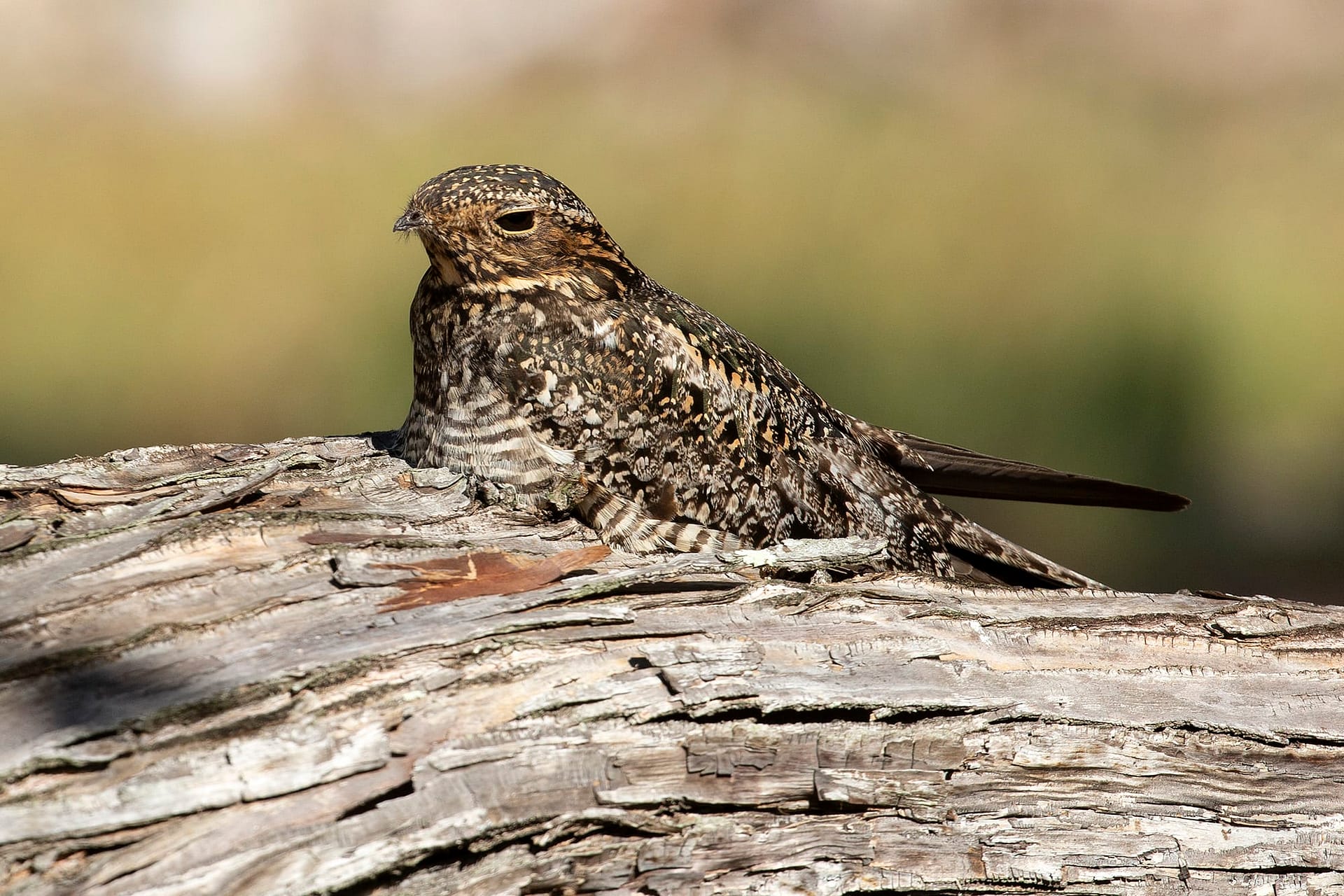TRIP REPORT: DRY TORTUGAS – 2019 April – Spring Migration

TOUR FOCUS
TRIP LEADERS
PRIVATE TOUR OPTION
This tour is available as a private trip for any size group. The tour cost will vary with the number of people and any custom requests.
TESTIMONIALS
Trip Report by Adrian Binns
This spring season Wildside Nature Tours ran three trips to the Dry Tortugas.
1st TRIP : APRIL 17-20, 2019
Day 1/ April 17 – Fort Zachary Taylor SP, Key West sunny E15
This season’s spring Dry Tortugas trip began in Key West where I was joined by a few early arriving participants to bird Fort Zachary Taylor State Park. Over the course of our time we had a nice mix of twelve species of warblers – Palm, Prairie, Black-and-white, Northern Parula, Ovenbird, Hooded, American Redstart, Black-throated Blue, Blackpoll, Tennessee, Cape May and Kentucky – though with the exception of palms non in any numbers. Other migrants included Red-eyed and Black-whiskered Vireo, Blue-gray Gnatcatcher, Indigo Bunting, Gray-cheeked Thrush, two female Brown-headed Cowbirds, Eastern and Gray Kingbirds, Belted Kingfisher, Osprey and Broad-winged Hawk along with resident White-crowned Pigeon, Common Ground Dove, Yellow-crowned Night-Heron and both morphs of Great Blue Heron, the Great White and Wurdemann’s.
All of our group met up at the Makai in Stock Island on 6.45pm to board our boat for the next three nights and receive our orientation from Captain Joe.
Day 2 / April 18 – Gulf Stream to Dry Tortugas sunny E 15-18, SE 18-20

Bridled Terns surrounded by sargassum
Following a good nights sleep aboard the Makai we set sail from Stock Island a few hours before sunrise. Once in the Gulf Stream at a depth of around 380 feet we picked up a massive sargassum weed line and with it excellent looks at pairs of Bridled Terns standing on pieces of jetsam. Streams of Audubon’s Shearwater, our other target pelagic, were viewed at a distance as they cut through the waves with the wind at their backs.
At the Tail’s End markers we encountered five immature Brown Boobies that gave us a good comparison against the Northern Gannets we had been seeing earlier in our journey.
A pod of five Atlantic Bottle-nosed Dolphins joined in the fun by riding along the bow as we entered the Dry Tortugas National Park boundaries. Our attention was then diverted to an inquisitive Masked Bobby who circled the boat four times much to our delight.
Having had our lunch we dropped anchor at Fort Jefferson around 2.30pm. Once on Garden Key we enjoyed a number of warblers including a Blue-winged foraging in the sea grapes by the fountain, and a very confiding mixed group of five species – American Redstart, Black-throated Green, Prairie, Black-and-white and Hooded Warbler – at arms length!! There was a good raptor show as Peregrines jostled with each other as they flew back and forth from their perch on the radio tower. Merlin, American Kestrel and a Sharp-shinned Hawk could be seen flying around the fort in search of any smaller migrant.
A search of Bush Key from the top of fort soon located a Black Noddy sitting on a prickly pear. With many participants scattered around the fort we summoned everyone by radio. Patience was required until it lifted its head at which time it showed it various characteristics much to the delight of our group.
We ended our afternoon with a delightful ride in the tender along Bush Key to Long Key where the nesting Magnificent Frigatebird colony was in full swing.
Day 3 / April 19 – Dry Tortugas Cloudy S18 to SW 30
Many of the passerines we saw yesterday remained overnight in spite of the winds turning southerly.
New warblers included Northern Waterthrush, Cape May, and wonderful views of Yellow-throated Warbler in a campground palm. A second Prothonotary and Black-throated Green were also added. A female Summer Tanager with light orange tinges to her feathers showed well as did a Yellow-billed Cuckoo. Belted Kingfisher was a flyby, while both Dickcissel and Least Bittern, the latter an unusual sight here, were briefly seen in denser vegetation. It was a three-vireo day, with Red-eyed, White-eyed and a very cooperative Black-whiskered. Little Blue Heron and Black-bellied Plover were also added.
There was commotion above the south coaling docks when a Magnificent Frigatebird appeared with a Royal Tern dangling by a foot from its bill. The tern eventually coughed up a fish which was duly picked up off the waters surface by a opportunist Brown Pelican who was watching the event unfold!

Peregrine Falcon
Peregrines featured prominently as they interacted with each other, chased any Merlin that had caught a bird, and enthralled us when one perched on top of the radio tower eating a Sooty Tern. Viewing it in the scope we spotted three tern heads dangling from the various parts of the tower in a gory scene worthy of Game of Thrones.
Once again searching Bush Key in the better late afternoon light produced a Black Noddy in a completely different location to the previous day. Whether this was the same bird (likely) or a second we may never know.
A weather system from the north came through late afternoon which curtailed our tender rides to the frigatebird colony.
Day 4 / April 20 – Dry Tortugas to Key West Sunny NW 25
With the wind conditions changing overnight to NW 25 we anticipated that there would be a fall out in the morning, but it was not to be in the Dry Tortugas. In the two hours we had on Garden Key we found most of the passerines from the previous day, had a good look at a Dickcissel, and an outstanding aerial showing of nine Merlins.
On the return journey to Key West the wind was at our back making for a comfortable ride back. Just outside the park boundaries we had an Audubon’s Shearwater, followed by 17 Brown Boobies and 7 Sandwich Terns on the Rebecca markers, and a lone Roseate Tern on one of the markers off Key West. About half way along our ride a Gray Kingbird circled the Makai a dozen times before continuing on her way.
As we docked on Stock Island at 5pm, we could see that there had been a fall out in the Keys. Chestnut-sided, Yellow, Kentucky, Blackpoll, Palm, Prairie, Hooded, American Redstart and Indigo Buntings flitted about the edge of the marina, while Magnolia and Eastern Wood Pewees were close by. A fitting way to end our first trip!
After saying goodbye to those that were headed back up the Keys, those of us that were staying in Key West went over to the Botanical Gardens and peered inside from the closed fence. We were inundated with Blue Grosbeaks and bright male Scarlet Tanagers, with warblers being represented by Tennessee, Cape May and Northern Parula.
2nd TRIP : APRIL 21-24, 2019
Day 1 / April 21 – Key West Sunny NW 7
Patty, Steve and I spent the morning at Zachary Taylor State Park where we found one or two of each of over a dozen warbler species – Worm-eating, Blue-winged, Magnolia, Cape May, Black-throated Blue female, Prairie, Northern Waterthrush, Black-and-white, Blackpoll, Chestnut-sided, Northern Parula, Hooded, Common Yellowthroat, Ovenbird, Yellow, along with numerous Tennessee and Palms. Other migrants included Yellow-throated Vireo and a female Orchard Oriole.
By mid-afternoon I met up with Chris Brown (who was leading Wildside’s South Florida trip), Margie, Ginny, Gary, Jim and John who had just arrived following a stop at the Key West Botanical Gardens having seen Veery, Wood, Swainson’s and Gray-cheeked Thrush all in one spot. We were soon watching Indigo Buntings, Blue Grosbeaks, Red-eyed and White-eyed Vireos, Yellow-billed Cuckoos, Eastern and Gray Kingbirds. A male Painted Bunting and female Rose-breasted Grosbeak were spotted, but we were interrupted by a Swallow-tailed Kite effortlessly gliding over the tops of shrubs and trees, and within feet of us, before picking off an anole for a meal.
The afternoon ended with White-crowned Pigeons alighting in the top of trees and on wires along Truman Street before we all met up at the Makai for our orientation.
Day 2 / April 22 – Gulf Stream to Dry Tortugas Sunny SE 10-15
The weekend storm scattered the sargassum weed line making it harder for us to find our pelagic species. We picked up a couple of Northern Gannets close to Key West and a small pod of Bottled-nosed Dolphins briefly join the boat. There would be fewer numbers of Audubon’s Shearwaters though we had good looks at several including a pair that alighted on the seas. Bridled Terns would wait until we reached Garden Key where two posed on the south coaling docks. At the Tails End marker two Brown Boobies stood tall, and with a higher tide we were able to get a little closer to the 90 or so Masked Boobies on Hospital Key with a couple of birds flying towards us and landing on the water to bathe.

Rose-breasted Grosbeak
By early afternoon we reached Fort Jefferson on Garden Key and spent the the remainder of the day looking for migrants. Swainson’s Thrush, Painted Buntings, Blue Grosbeak, Black-whiskered Vireo were joined by single Red-eyed and White-eyed Vireos, and a Yellow-billed Cuckoo. Along with a handful of Barn Swallows was a Bank, and a Chimney Swift. Peregrines and Merlins patrolled the skies over the fort, along with a single American Kestrel and Sharp-shinned Hawk. A nighthawk sitting low on a horizontal buttonwood looked to be a Common. We encountered 14 species of warbler – American Redstart, Common Yellowthroat, Northern Parula, Blackpoll, Yellow-throated, Cape May, Chestnut-sided, Hooded, Prothonotary, Palm, Black-and-white, Blue-winged and Worm-eating Warbler, though overall numbers were low.
With the afternoon light at our backs we searched the North Coaling Dock and Bush Key for the Black Noddy. It was not long before it was located sitting up along a row of prickly pear. We had to wait a while before it cooperated and everyone got to see the various field marks that separate it from the larger Brown.
Taking the tender along Bush Key in the late afternoon is surely one of the trip highlights. The combination of perfect lighting, the constant ‘wide-awake, wide-awake’ calls from the tern colony, and the spectacle of thousands of Sooties and Brown Noddies taking to the sea and flying past us is a sight not soon forgotten. A lone Sandwich Tern was spotted heading towards Long Key, home to the Magnificent Frigatebird colony, where an immature frigatebird was flying around with a deflated red throat pouch which against his white throat and chest looked reminded us of a Rose-breasted Grosbeak. The top of a fin protruding from the water caught our attention. As it came closer it got larger, the theme from Jaws immediately came to mind, and low-and-behold not a Great White, but a menacing Hammerhead Shark, much to John Weigel’s (as part of his ABA Big Year) amusement who proceeded to fake-lunge at it!
Day 3 / April 23 – Dry Tortugas Partly cloudy E 15
While having our morning coffee on the deck a Sora landing on the boat. A bit dazed, once she regained her senses she was on her way, headed in the direction of Loggerhead Key.
The morning session on Garden Key was very productive as we began to recognize many of the warbler species we had seen the previous day. It looked as though many of them had not left. Passerines that were new included Gray Kingbird, Dickcissel and Wood Thrush. We also found a Green Heron in a buttonwood, a Belted Kingfisher flying over the fort, along with Semipalmated Plover and Sanderling walking the beach.

Bahama Mockingbird
Back at the fort in the afternoon the excitement quickly reached a feverish pitch when Margie, who stayed at the fountain through lunch, told us she had a Golden-winged Warbler. While all eyes were set looking at the warblers working the hedgerow of sea grape a Bahama Mockingbird flew out and into a buttonwood by the fountain! Our attention was diverted to the Caribbean wanderer, until everyone had a great look at the field marks that separate this from our regular Northern, before returning to warbler watching. Chris sat patiently focused on the sea grapes and was rewarded when the female Golden-winged, joined by a Blue-winged appeared. Soon we were all rejoicing at having had a wonderful hour of birding. There would be more with the arrival of a male Orchard Oriole and Rose-breasted Grosbeak, two Bobolinks and Ovenbird, and Dickcissel, Black-whiskered Vireo, and a male Painted Bunting showing up at the fountain. Osprey and Northern Harrier were our fifth and sixth species of raptor for the day.
From the top of the fort the Black Noddy was located once again sitting atop the same row of prickly pear, with a Brown Noddy beside it for comparison.
The tender rides to the frigatebird colony was outstanding with thousands of terns and noddies taking off from Bush Key and flying over us for a spectacular spectacle, along with one male Magnificent Frigatebird flying over the colony with his red throat blown up.
Day 4 / April 24 – Dry Tortugas to Key West Sunny E 8-12
We returned to Garden Key at sunrise and spent an hour and a half birding all corners of the island. Many of the species that we encountered yesterday were still around including Belted Kingfisher and the Bahama Mockingbird. Chris found our twentieth warbler of the trip, a male Black-throated Green Warbler in the far corner of the campground.
Our return journey back to Key West was a bit of an adventure. Shortly after passing Hospital Key a transmission on one of the engines broke, which meant that we crawled back to Key West at 6 knots, five hours behind schedule! As we entered Key West waters we encountered a plethora of terns that included a few Sandwich, Royal and Roseate, with Least being the most numerous. In spite of the lengthy return, it was a tremendous trip.
3rd TRIP : APRIL 27-30, 2019
Day 2 / April 28 – Gulf Stream to Dry Tortugas Sunny ENE 7

Black-whiskered Vireo
Our third trip to the Dry Tortugas was similar to the previous ones with calm waters and winds out of the east. Our targets, Audubon’s Shearwaters were flying mostly close to the boat, and Bridled Terns showed well, the latter once again sitting on Garden Key, which was a treat seeing them only feet away. On Tail’s End four Brown Boobies took off from the marker before we could get a look at them perched, but the views once again as they circled around the boat were more that satisfactory. We had lunch as we motored towards Hospital Key. With a higher tide we were able to get a little nearer to this tiny narrow coral strip where we enjoyed a good showing of Masked Boobies both on the island and in flight.
By mid-afternoon we were on Garden Key where we spent the remainder of the afternoon. We had our first thrushes of these trips, one each of Wood, Swainson’s and Gray-cheeked. Black-whiskered Vireo was high on everyone’s list of desired birds and one was most obliging in the gumbo limbo in the corner of the fort. Other migrants included a female Summer Tanager, Rose-breasted Grosbeak, two Yellow-billed Cuckoos and 11 warbler species including Cape May, Ovenbird, Blue-winged and Yellow-throated. A surprise was a calling Cooper’s Hawk that alighted on several of the parade ground buttonwoods.
Day 3 / April 29 – Dry Tortugas Sunny ENE 12-18

Tender ride along Bush Key to Long Key
We were back on Garden Key for the day. Many of the same birds were around, with only a few new arrivals, those being White-eyed Vireo, Prothonotary Warbler, Green Heron, Tri-colored Heron and Belted Kingfisher. On the North Coaling Dock a pair of Roseate Terns sat amongst all the Brown Noddies, while on the South Coaling Dock their were two pairs of Bridled Terns coming and going. In spite of hours spent over the course of our stay, a thorough search of Bush Key and the coaling docks failed to produced a Black Noddy, much to everyone’s disappointment. Sometimes it is like looking for a needle in a haystack.
Each of our tender rides along the tern colony was once again spectacular with thousands of terns and noddies flying around us with one of the latter almost landing on the tender. With the breeding season coming to an end there was only one frigatebird with his red throat fully blown out (about the size of very large balloon), but what a sight he was sitting at the top of the mangroves in full view. The day ended with sundowners on the deck of the Makai watching the green flash as the sun slipped below the horizon.
Day 4 / April 30 – Dry Tortugas to Key West Sunny ESE 20-25
We were on Garden Key at sunrise, 7am, for our last hour of birding. A male Prairie and female Black-throated Blue gave us a total of 15 warbler species for the trip. As with our previous trips the quantity of each species was low. The bulk of this years migration seem to be overshooting the island.
The journey back to the mainland was slow but we did manage to see ten Sandwich and a couple of Roseate Terns, five Brown Boobies and an Audubon’s Shearwater around the Rebecca marker. With a little rougher seas and a head wind we docked on Stock Island at 4.30. After saying a fond farewell to everyone and the excellent Makai crew this was the end of our Dry Tortugas trips for this season.





